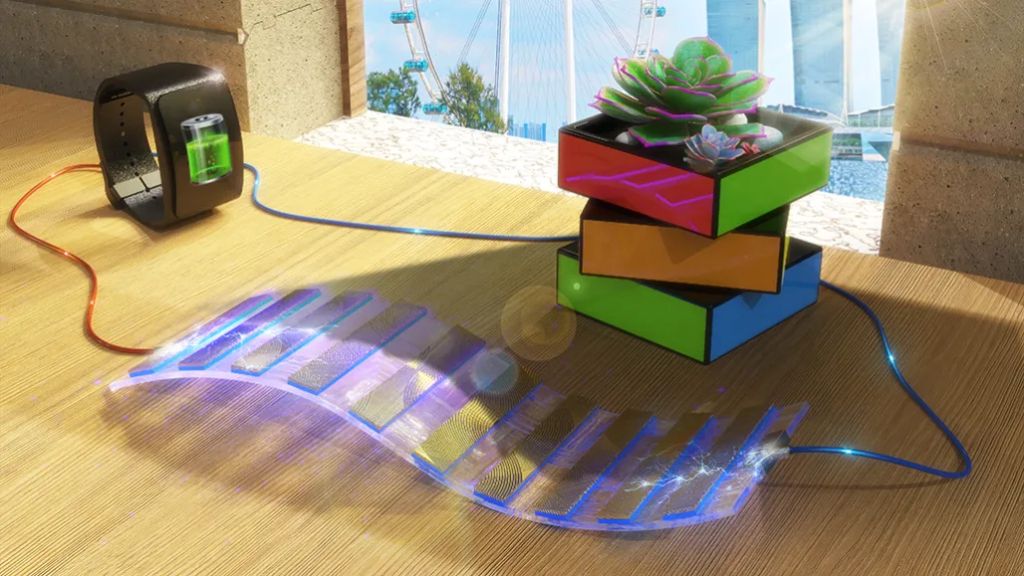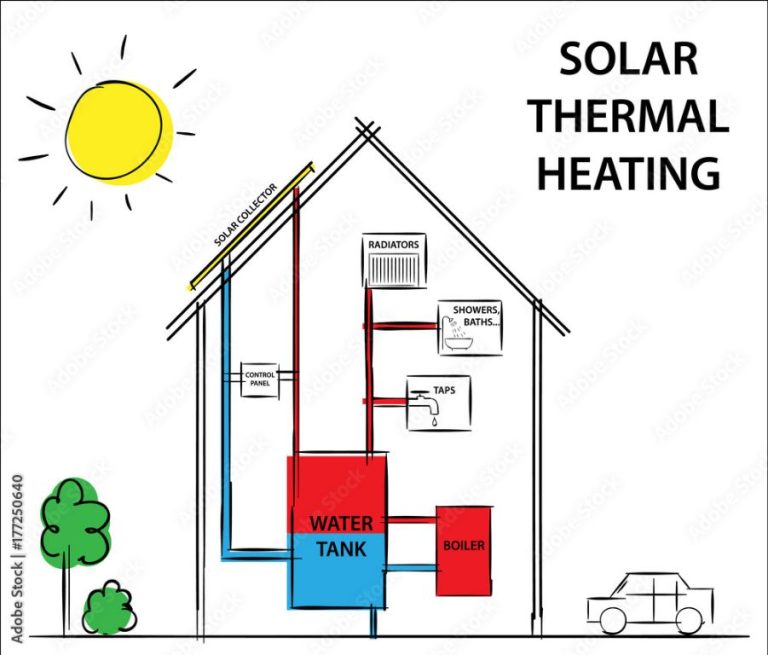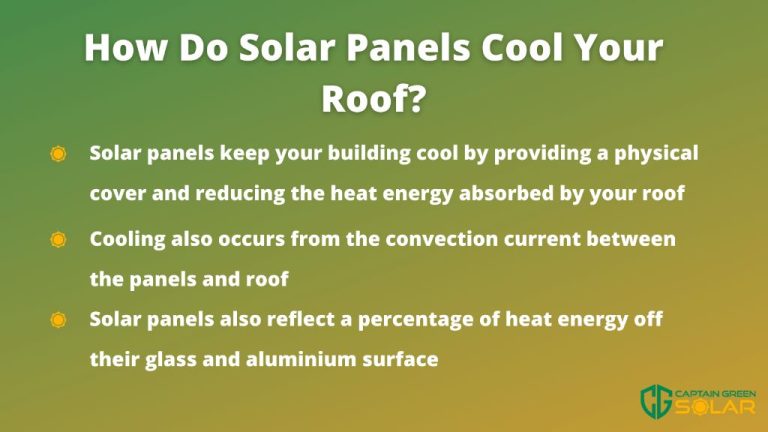Can Electricity Generate Light?

Electricity and light are two common phenomena we experience daily. Electricity is the flow of electrons in an energetic state that can power devices and appliances. Light is a form of radiant energy that allows us to see the world around us. The idea that electricity can generate light is fairly common knowledge today, but it took many important discoveries to establish the link between these two concepts.
In our everyday lives, we take electric lighting for granted. When we flip a light switch, we expect the lightbulb to turn on instantly. However, the ability to harness electricity for illumination only became possible through scientific innovation over centuries. This article will explore the fascinating history behind using electricity as a source for artificial lighting.
Early Discoveries Linking Electricity and Light
Experiments linking electricity and light began in the early 1800s. In 1800, Alessandro Volta invented the electric battery which produced a steady electric current for the first time (Electricity timeline – Energy Kids). This allowed scientists to begin experimenting with electricity to produce light.
In 1802, Vasily Petrov created an electric arc lamp by passing a high current between two carbon rods. This produced a bright electric arc of light, but was not a practical steady light source (History of Electricity, and Main Electricity Experiments).
In 1809, Humphry Davy demonstrated the first electric lamp using electricity passed between two strips of platinum to generate light. While impractical, this showed electricity could reliably produce light.
Over the first half of the 1800s, inventors continued to experiment with different methods to produce steady, practical electric lighting, laying the groundwork for later practical inventions.
How Light Bulbs Work
Incandescent light bulbs produce light by heating a filament inside the bulb. The filament is usually made of tungsten. When electric current passes through the filament, it heats up and starts glowing white hot, producing visible light. The glowing filament can reach temperatures of around 2500°C.
The key components of an incandescent light bulb are:
- Filament – This is the inner glowing wire, usually made of tungsten.
- Glass bulb – This is an outer glass enclosure that protects the filament and allows the visible light to pass through.
- Base – The bottom part of the bulb that connects to the lamp socket and allows electrical contact.
- Inert gas – The bulb contains a mix of inert gases like argon or nitrogen that prevent the hot filament from oxidizing.
The base connects the light bulb to the electric circuit. When the switch is turned on, electricity flows into the bulb and heats up the tungsten filament. This makes the filament very hot and glow white. The glass bulb protects the filament and allows the visible light rays to pass through. In this way, electricity is used to generate light in an incandescent bulb.
Source: https://www.scienceabc.com/pure-sciences/how-does-a-light-bulb-work-working-principle.html
Electricity Powers Different Kinds of Lights
While incandescent bulbs were the first widely available electric lighting, there are now several other types of electric lights powered by electricity. Some key examples include:
Fluorescent lighting: Fluorescent lights use electricity to excite mercury vapor, which produces short-wave ultraviolet light that then causes a phosphor coating inside the bulb to glow and emit visible light. Fluorescent bulbs are more energy efficient than incandescent bulbs.
LED lighting: LED (light-emitting diode) lights use semiconductors and electricity to power small light sources, providing energy efficiency compared to incandescents. LED lights have become increasingly popular in recent years for home and commercial lighting.
Halogen lighting: Halogen lights have filaments infused with halogen gas, allowing them to burn brighter than regular incandescent bulbs using the same amount of electricity. They have higher efficiency but lower lifespans.
Thus electricity serves as the power source for various kinds of electric lighting beyond just the original incandescent bulb. Engineers have developed and improved different lighting technologies to provide greater efficiency, brightness, lifespan and more with electrical power.
Source: https://en.wikipedia.org/wiki/Incandescent_light_bulb
Electricity’s Relationship to Light Emission
The physics of how electricity generates light relies on the atomic structure of matter. Atoms contain negatively charged electrons that orbit a dense, positively charged nucleus. These electrons can only occupy specific, quantized energy levels around the nucleus. When an external energy source like an electric current is applied, it can excite the electrons to higher energy levels. However, the electrons are unstable at higher energy levels and will quickly fall back down, releasing energy in the form of a photon or particle of light. The wavelength (color) of the released photon matches the energy difference between the excited state and original ground state of the electron.
This process of electrons getting excited by electricity and releasing light photons as they fall back down is called incandescence. It was first utilized in early incandescent light bulbs, where the passage of an electric current through a resistive filament would heat it up and cause visible light emission. Incandescence is still used today in various lighting applications like halogen lamps. More advanced technologies like light-emitting diodes also rely on electrons getting electrically excited and releasing photons, although the semiconductor physics is slightly different.
In summary, the fundamental link between electricity and light stems from electrons occupying quantized energy levels in atoms and molecules. Applying an electric potential allows precision excitation of electrons to emit a desired color and quantity of light.
Quantifying Light from Electricity
There are several standard units used to quantify light emitted from an electric source:
Lumens measure the total amount of visible light emitted by a source. For example, a 100-watt incandescent light bulb emits about 1,600 lumens. Lumens do not take into account direction, but rather measure the total light output. The Ultimate Guide to Light Measurement
Lux measures the intensity of light falling on a surface. One lux is equal to one lumen per square meter. For example, a well-lit office environment is around 500 lux. Measuring lux can determine if a space has adequate illumination for the intended use. Light : units and measurement – ANACC Methods and Materials
Brightness describes the intensity of light emitted from a source in a particular direction, measured in candela per square meter (cd/m2). Brightness accounts for the light’s direction, unlike total lumen output. Screens and displays are often rated by their brightness.
Understanding measurements like lumens, lux, and brightness allows precise quantification and control over the amount and intensity of light produced from an electric source.
Applications of Electric Lighting
Electric lighting has become an integral part of modern society, with a wide variety of applications. Some of the most common uses of electric lighting include:
Indoor lighting in homes, offices, schools, hospitals, factories, shops and other buildings. This enables interior spaces to be brightly illuminated at all times of day for work, study and leisure activities. While early applications of electric lighting generally resembled gaslight fixtures, a huge diversity of lighting fixtures are now available.
Outdoor lighting of streets, parking lots, parks, building exteriors, signs, and public areas. This improves visibility and safety at night. Street lighting expanded rapidly with electrification in the early 20th century.
Automotive lighting on vehicles, for headlights, taillights, turn signals and interior illumination. This enabled safer driving at night.
Stage lighting and theatrical lighting for plays, concerts, and performances. Electric lighting allows adjustable direction, intensity and color.
Display lighting for retail stores, museums, restaurants and other public spaces. Careful lighting design can create exciting visual merchandising displays.
Industrial lighting for factories, construction sites, mines and other workplaces. Very bright floodlights enable round-the-clock operations.
Emergency lighting and exit signs in buildings. These ensure safe evacuation and visibility in a power outage.
Decorative and festive lighting such as Christmas lights and lanterns. Electricity allows elaborate time-based lighting displays.
Photographic lighting and film lighting for studios and movie sets. Adjustable electric lights became essential for photography.
In summary, electric lighting has become deeply embedded in human civilization, transforming night into day with the flick of a switch.
Electricity Allows Precise Control of Light
One of the key advantages of electric lighting is the ability to precisely control the output of light. Unlike traditional fuel-based lighting methods like candles or oil lamps, the intensity and color of electric lights can be tuned thanks to electricity’s variable nature.
With electric lighting, the amount of power sent to the light source can be increased or decreased to make the light brighter or dimmer. This is done through devices like dimmer switches that regulate the electricity flowing to the light bulb or LED. Dimming allows electric lights to be matched to the ideal brightness for a space or activity.
Electricity also enables easy control over the color of lighting. LEDs and other advanced electric light sources can produce a wide range of light colors by mixing different wavelengths of light emission. By adjusting the electricity powering specific LEDs, the overall light color can be tuned to warmer or cooler hues. This color tuning allows electric lighting to match human circadian rhythms or create dynamic lighting scenes.
The variable outputs enabled by electricity give lighting designers and users much more flexibility compared to traditional lighting methods. Electricity unlocks dimming, color tuning, and dynamic effects to create optimal and customizable lighting experiences.
The Future of Electric Lighting
In recent years, LED lighting has emerged as a highly efficient and long-lasting electric lighting technology. LEDs use a semiconductor to emit light, allowing precise control of brightness and color temperature. Compared to incandescent bulbs, LEDs use a fraction of the energy and can last over 50,000 hours.
LED lighting is considered the future of electric lighting due to its energy efficiency, longevity, and controllability. Governments around the world are phasing out incandescent bulbs in favor of LEDs to reduce energy consumption. The U.S. Department of Energy estimates that widespread use of LEDs in the United States could save about 348 TWh (comparison, residential lighting consumes around 254 TWh annually) of electricity per year by 2027. That’s enough electricity to power over 30 million average American homes for a year.
Engineers continue improving LED technology, finding ways to make them even more efficient and cost-effective. Emerging technologies like organic LEDs (OLEDs) and quantum dot LEDs promise to enhance color quality and brightness. New form factors like flexible, transparent, and microscopic LEDs open up novel lighting applications. Integrating sensors, wireless controls, and connectivity allows LED systems to adapt to usage patterns and environments. As costs continue to fall, LED lighting will become omnipresent in buildings, vehicles, electronics, and infrastructure.
The future possibilities of LED lighting are vast, enabling energy savings and advanced lighting functionality across many facets of life. While incandescent bulbs revolutionized lighting over a century ago, LEDs represent the next wave of innovation in electric lighting.
Conclusion
In conclusion, the ability for electricity to generate light is fundamental and has evolved significantly over time. As we’ve seen, the link between electricity and light was discovered in the 19th century, leading to Thomas Edison’s creation of the incandescent light bulb. Since then, advancements in lighting technology have allowed for the development of different types of electric lights, like fluorescent and LED bulbs, providing more energy efficient and customizable illumination. Our mastery over electricity has enabled precise control over lighting for a variety of applications. Moving forward, innovations in areas like smart lighting and solar-powered fixtures will shape the future of electric lighting. The generation of light from electricity underpins modern society and will continue adapting to meet humanity’s needs.





